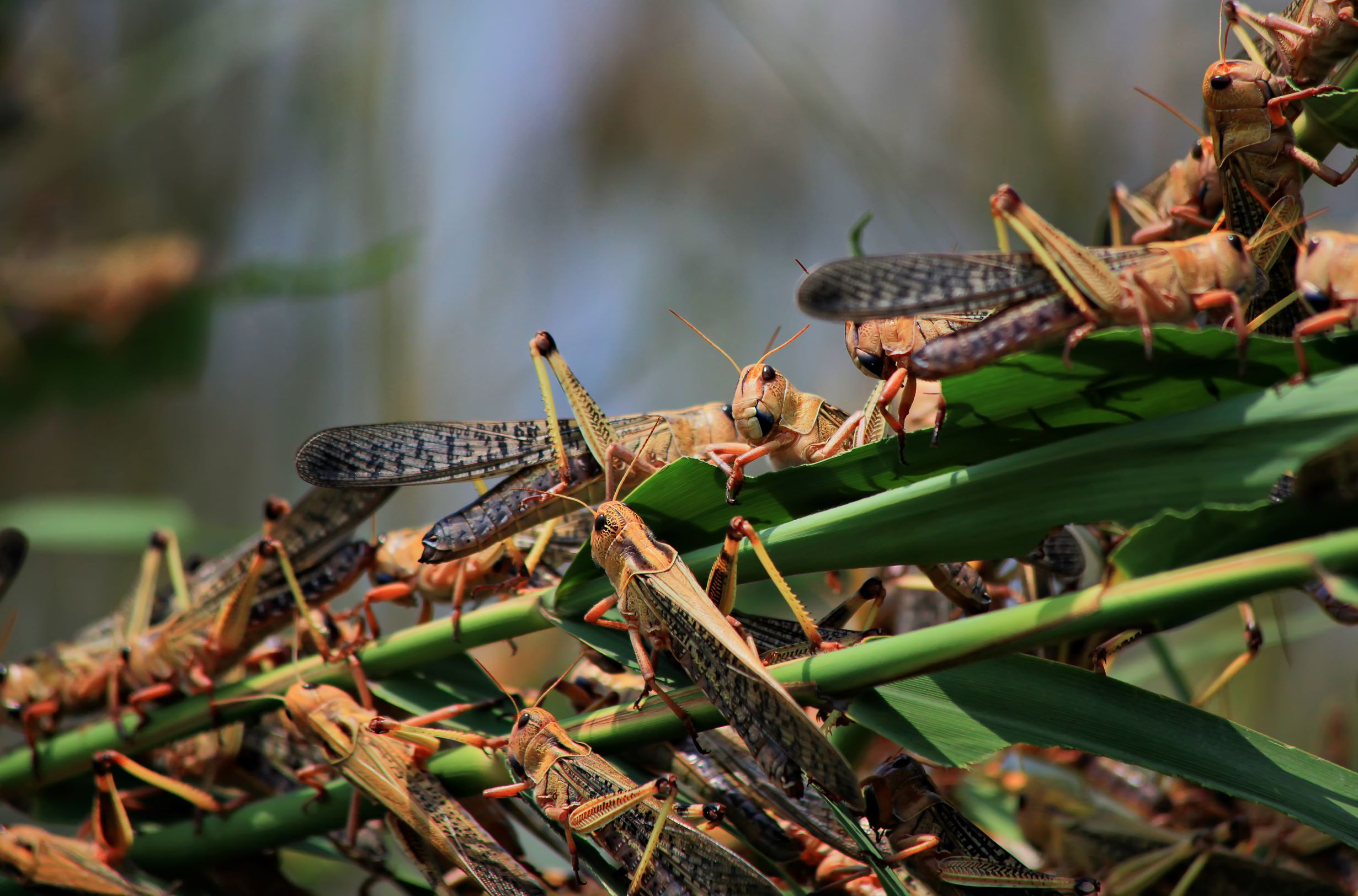



Red locust outbreak destroys grazing land in Namibia
Namibia is struggling to contain a third wave of an African migratory red locust outbreak, which has now destroyed 719,000 hectares of grazing land and 1,207 hectares of crop fields in 10 of the country's 14 regions, the agriculture ministry said on 27 April.
Reuters reports that the latest outbreak of the large, red-winged grasshopper species, which is common to sub-Saharan Africa and breeds prolifically in conditions of drought followed by rain and rapid vegetation growth, began in December 2020.

The Karas region along the South African border, which is famed for diamond mining as well as small stock farming, is the hardest hit, with 775,000 hectares of grazing partly affected.
Grazing land in the fertile Zambezi region, which borders Zambia, Zimbabwe Angola and Botswana, has also been extensively damaged.
Agriculture ministry spokesman Chrispin Matongela told Reuters that the Namibian government has spent about 30 million Namibian dollars ($2.09 million) combating the locusts but a further 28 million Namibian dollars is urgently needed to contain them.
Matongela said it has been a challenge for Namibia to contain the locust outbreak since most of the swarms are flying in from neighbouring Botswana and Zambia.
"To contain the locust outbreak with aerial spraying is quite a challenge because of how the community or villages are set up, as the pesticides could be harmful to humans and animals," he said.
The Food and Agriculture Organization is among seven international bodies and local farming organisations providing technical help and materials to combat the locusts.
($1 = 14.3680 Namibian dollars)
Read more about this story here.
Source: Reuters


